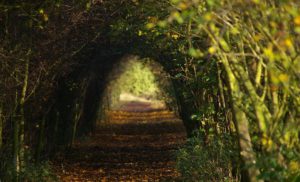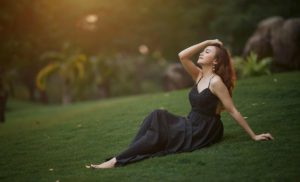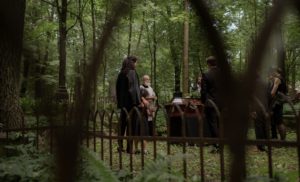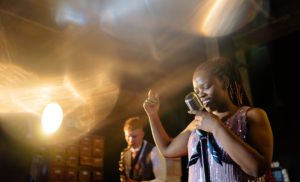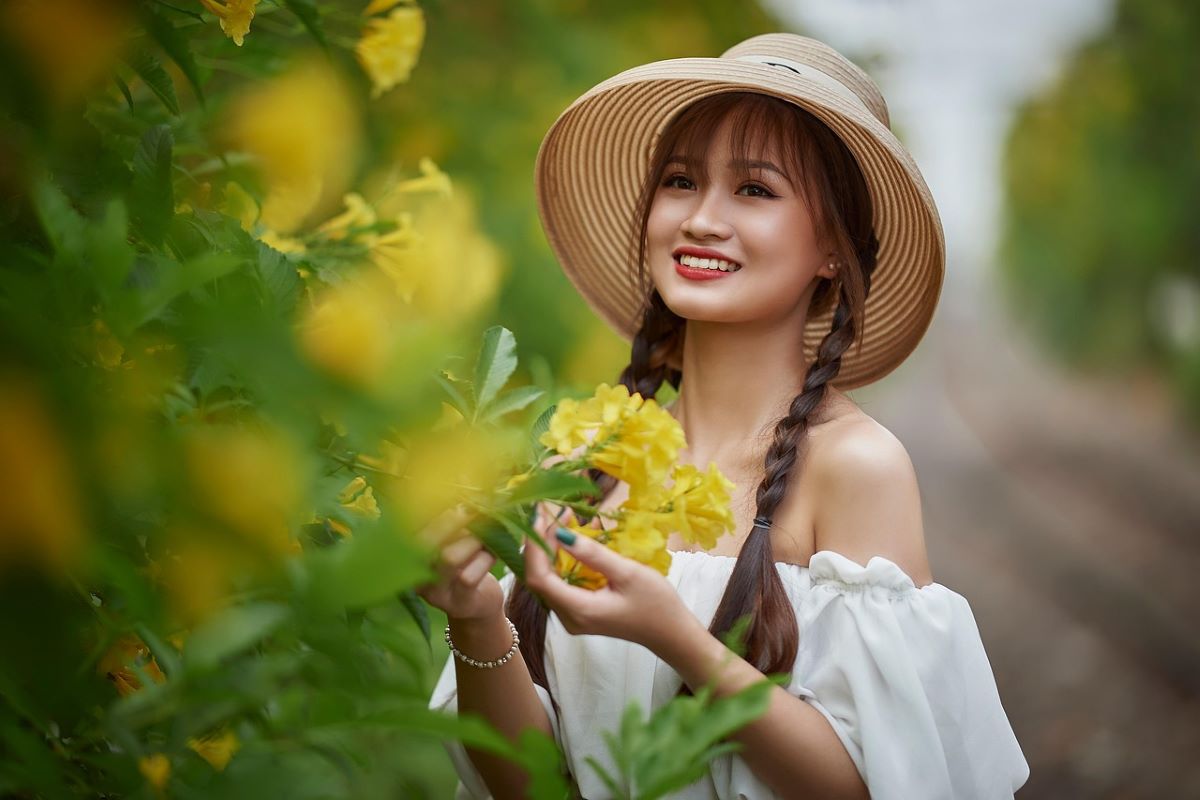
How Time of Day Affects Photos
The time of day plays a powerful role in how your photos turn out—especially when using tools like camera drones to capture wide, sweeping landscapes. The same location can look dramatically different depending on the light. Even close-up shots can shift in tone and feel. For example, blue contacts may appear vibrant and icy in the morning light but take on a softer hue by golden hour. Likewise, colour contact lenses used in makeup photography can either pop or fade depending on whether the photo is taken at sunrise, midday, or dusk.
Photographers often talk about chasing the light. That’s because light is more than just brightness—it’s warmth, shadow, direction, and mood. And these qualities shift with the sun. Understanding how the time of day affects these aspects helps both beginners and professionals plan their shoots more intentionally. Whether you’re photographing people, products, or places, the changing light throughout the day can either enhance or dull your subject.
Morning Light: Soft and Serene

The early morning, shortly after sunrise, brings soft, diffused light. Shadows are gentle, and the tone of the light leans toward cool and blue. This creates a calm, quiet atmosphere in photos. It’s ideal for capturing peaceful landscapes, empty streets, or calm portraits with a natural glow. There’s often mist or dew in the air, adding texture and depth to photos that can be difficult to recreate later in the day.
Shooting in the morning also offers less crowding in public places, giving more freedom to frame your subject without distractions. However, the light changes quickly, so timing and preparation are key.
Midday Light: Harsh but Honest
Midday, especially around noon, delivers the brightest and harshest light. The sun is overhead, casting strong shadows and flattening facial features. For portraits, this can result in harsh lines and unwanted glare. However, for architecture or urban photography, this can be a great time to capture clean lines and contrast.
Reflections on water or glass also tend to be strongest at midday, making it a good time to experiment with abstract compositions. Filters, diffusers, or shaded areas can help manage the intensity if you’re shooting people or delicate details. While midday light is rarely described as “flattering,” it’s excellent for highlighting bold textures and shapes.
Golden Hour: Warm and Dreamy
Golden hour—about an hour after sunrise and an hour before sunset—is a favourite among photographers. The light is warm, soft, and angled low, creating long shadows and a romantic glow. This time is perfect for portraits, fashion shoots, or nature scenes. Skin tones appear rich and healthy, and natural backlighting becomes more forgiving.
Because the sun is low in the sky, the light wraps around the subject in a way that adds depth and dimension. The emotional quality of golden hour light often enhances the mood of a shoot—making it feel more intimate, cinematic, or nostalgic.
Blue Hour: Cool and Atmospheric
Blue Hour takes place in the moments right before sunrise and immediately following sunset. The sun is below the horizon, but the sky still glows with deep, cool light. This time is great for moody or dramatic photos, especially of cityscapes, skylines, or silhouettes. The deep blue tones create a mysterious or ethereal feel that artificial lighting can’t quite match.
It’s also a valuable time for capturing photos that blend natural and artificial light—like illuminated buildings against a fading sky. With the right camera settings, Blue Hour can turn an everyday scene into something otherworldly.
Nighttime: Bold and Controlled
Night photography offers total control over light—because you have to supply it yourself. Using streetlights, neon signs, or flashes, you can create bold contrasts and striking highlights. This time of day allows for creativity with exposure, long shutter speeds, and movement.
The night is also when certain subjects come alive—city nightlife, concerts, car trails, and stars. The darkness can be both a challenge and an opportunity. It’s a chance to experiment with the absence of natural light and use artificial sources as your creative tools.
Matching the Mood with Light
Each time of day brings a distinct emotional tone. Morning suggests new beginnings. Midday feels energetic and active. Golden Hour evokes romance and warmth. A blue hour feels introspective, while nighttime leans dramatic or edgy. Knowing the mood you want helps decide the best time to shoot.
This is especially important when working with human subjects. Different lighting can change not just the look of someone’s face but the entire feel of the image. A model in soft morning light conveys something very different than that same model in a hard-edged midday sun or glowing sunset.
Planning and Flexibility
The light you get also depends on the weather, season, and location. A sunny morning in summer gives very different results than a foggy morning in winter. Cloud cover can soften even the harshest midday light. So, while planning is essential, flexibility is key. Sometimes, the most unexpected lighting conditions produce the most striking results.
Apps and tools can help you track sun movement, golden hour timing, and weather forecasts. These are especially useful when planning outdoor shoots where light is your main variable.
In a nutshell, light is the invisible force shaping every photo you take. From the soft haze of dawn to the deep tones of dusk, the time of day determines colour, texture, shadow, and mood. Knowing how each window of time affects your scene gives you creative control. The more you understand light’s rhythm, the better your photos will tell the story you want to share.



